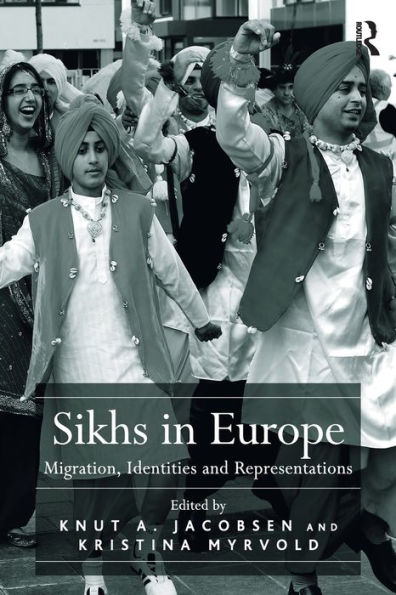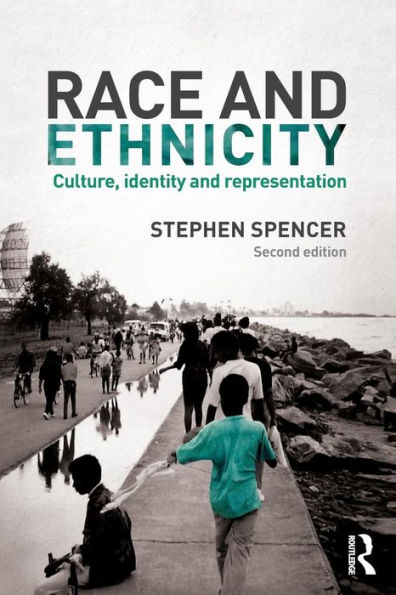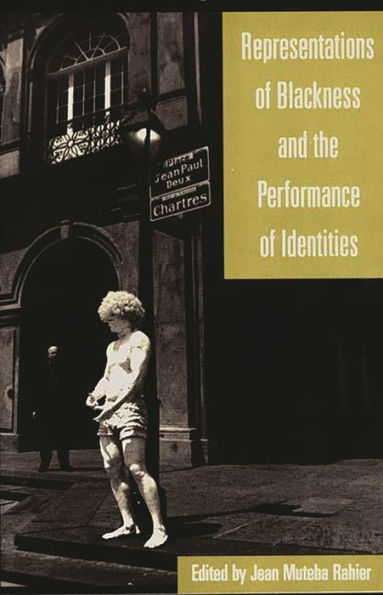Home
Reclaiming The Tomboy: Body, Representation, and Identity
Loading Inventory...
Barnes and Noble
Reclaiming The Tomboy: Body, Representation, and Identity
Current price: $110.00


Barnes and Noble
Reclaiming The Tomboy: Body, Representation, and Identity
Current price: $110.00
Loading Inventory...
Size: Hardcover
*Product Information may vary - to confirm product availability, pricing, and additional information please contact Barnes and Noble
With the tomboy figure currently operating in a liminal space between extinction and resurgence,
Reclaiming the Tomboy: The Body, Identity, and Representation
is an unabashed celebration of her rebellious, independent, and pioneering spirit. This collection examines the tomboy as she appears throughout history, in the arts and in real-life. It also addresses how she has changed over the centuries, adapting to the world around her and breaking new boundaries in new ways (sometimes with a "simple" selfie). While this collection addresses the claim of the tomboy as being antiquated or even "problematic," it more vigorously offers examples of where she is thriving and benefiting from her tomboy identity. Ultimately, this book underscores the tomboy's legacy as well as why she is still relevant, if not needed, today.
Reclaiming the Tomboy: The Body, Identity, and Representation
is an unabashed celebration of her rebellious, independent, and pioneering spirit. This collection examines the tomboy as she appears throughout history, in the arts and in real-life. It also addresses how she has changed over the centuries, adapting to the world around her and breaking new boundaries in new ways (sometimes with a "simple" selfie). While this collection addresses the claim of the tomboy as being antiquated or even "problematic," it more vigorously offers examples of where she is thriving and benefiting from her tomboy identity. Ultimately, this book underscores the tomboy's legacy as well as why she is still relevant, if not needed, today.

















